Why sauna culture can be passed down to this day: Can sauna really relieve fatigue?
Why sauna culture can be passed down to this day: Can sauna really relieve fatigue?
Traditional sauna culture has a rich heritage that has evolved and spread over centuries, captivating people worldwide. Originating as far back as
ancient Roman times, sauna activities became particularly prominent in Nordic regions such as Finland and Sweden. With the passage of time, these
cultural practices have disseminated and become integral parts of various societies across the globe. Within sauna culture, sauna bathing is not just
a practice for physical and mental well-being; it also serves as a social activity that fosters interpersonal connections. Sauna sessions are often enjoyed
with family, friends, and communities, serving as important venues for gatherings and sharing life experiences. Sauna offers numerous benefits for
bodily rejuvenation, including improved blood circulation, stress relief, enhanced sleep, and relaxation. With the advent of the internet, sauna culture
has gained widespread exposure through social media and online platforms, leading to increased awareness of its benefits. Through this dissemination,
sauna has become a popular leisure activity and social venue worldwide. Throughout the spread of sauna culture, traditional values and customs have
been preserved, encompassing rituals, architectural preservation, and etiquette. Sauna culture encompasses various aspects, including history, health,
social interaction, and cultural heritage, making it an indispensable part of many people's lives and a revered cultural tradition globally.

Health benefits of sauna
Generally speaking, sauna has a certain effect on relieving fatigue, but the specific results may vary depending on individual constitution and health
condition. Here are several aspects in which sauna helps alleviate fatigue:
1. Promoting blood circulation: In the high-temperature environment of the sauna, blood vessels dilate, accelerating blood circulation. This helps
transport oxygen and nutrients to various parts of the body, expelling waste and promoting metabolism, thereby alleviating fatigue.
2. Relaxing muscles: In the sauna's high-temperature environment, the body tends to relax due to the comfortable surroundings, aiding in relieving
muscle tension and fatigue caused by exertion.
3. Promoting physical and mental relaxation: In the soothing and tranquil environment of the sauna, individuals quickly relax physically and mentally,
reducing fatigue caused by stress and anxiety, and promoting psychological relaxation.
4. Detoxification: In the high-temperature environment of the sauna, the body tends to sweat profusely and pores open up, aiding in the expulsion of
waste and toxins from the body, thereby enhancing comfort and vitality and helping to alleviate fatigue.
In summary, sauna generally helps alleviate fatigue, but its use should be moderate. Excessive use of the sauna can also have adverse effects on the
body, so it's important to control the sauna time, usually between 15 to 20 minutes, depending on individual needs and health conditions. During sauna
sessions, it's also important to maintain adequate hydration to prevent dehydration.
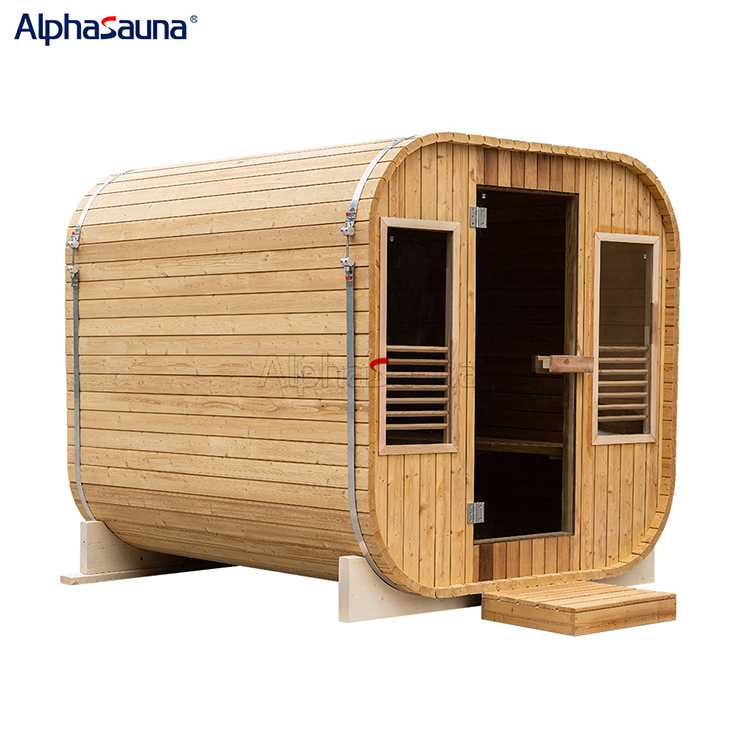
To choose the best indoor portable sauna tent, it is necessary to consider factors such as personal needs, preferences, budget, space requirements,
and features. Here are the factors to consider:
1. Budget: First, determine your budget and find the most suitable price within your budget to ensure you don't overspend. The price range for sauna
tents varies widely, from tens to hundreds of dollars, so it is crucial to establish a budget.
2. Space requirements: Determine the size of the space available for placing the sauna tent to ensure that you have enough room for it. If space
permits, consider purchasing a larger sauna tent for a more comfortable sauna experience.
3. Feature selection: Sauna tents typically use steam or infrared heaters to achieve sauna effects. Steam heating generates higher temperatures,
while infrared heating produces lower temperatures. Choose the heating method based on your preference for sauna temperature. You can also
select a sauna tent with temperature and time control functions for a more convenient sauna experience.
4. Additional amenities: Purchasing a sauna tent with additional amenities such as chairs, sound systems, and remote controls can enhance the
sauna experience.
5. Quality and durability: Pay attention to the quality and durability of the product when making a purchase. Choose a sauna tent that is reliable
and durable.
6. Safety: Ensure that the selected sauna tent meets safety standards and preferably uses heat-resistant and fireproof materials.
7. Convenience: Opting for a portable sauna tent facilitates easy transportation.
In summary, considering the above factors, the best indoor portable sauna tent is one that meets your personal needs and preferences. Please help
me translate into English without changing the content and ensure grammatical correctness.
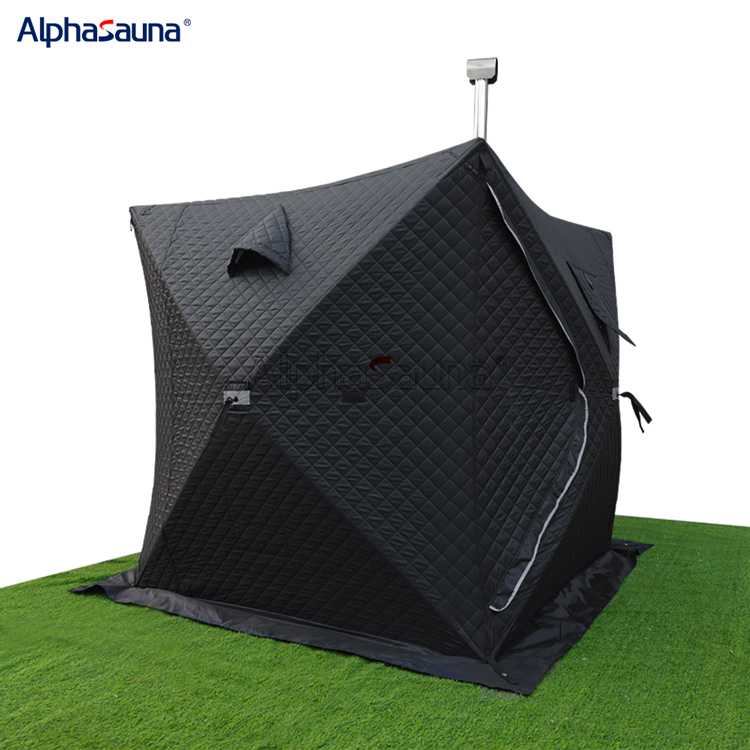
The price of a 2-person sauna tent is influenced by factors such as brand, size, equipment, features, and materials. Generally, the price of a 2-person
sauna tent can range from hundreds to thousands of dollars. Typically, portable 2-person sauna tents may range from $100 to $300, which are relatively
low-priced types but come with basic heating functionality and simple design without high-end features. For better heating performance, more features,
and durable materials, one can opt for mid-range 2-person sauna tents, priced around $300 to $800. These sauna tents may come with chairs, temperature
controllers, and timer settings. Additionally, there are high-end 2-person sauna tents priced over $800, even reaching thousands of dollars. These types
of sauna rooms usually feature advanced heating technology, high-quality materials, and comprehensive sauna facilities such as sound systems,
temperature and timer controllers, and lighting. Prices vary depending on the features and size, so it's important to choose based on budget and
requirements to ensure a better sauna tent experience.
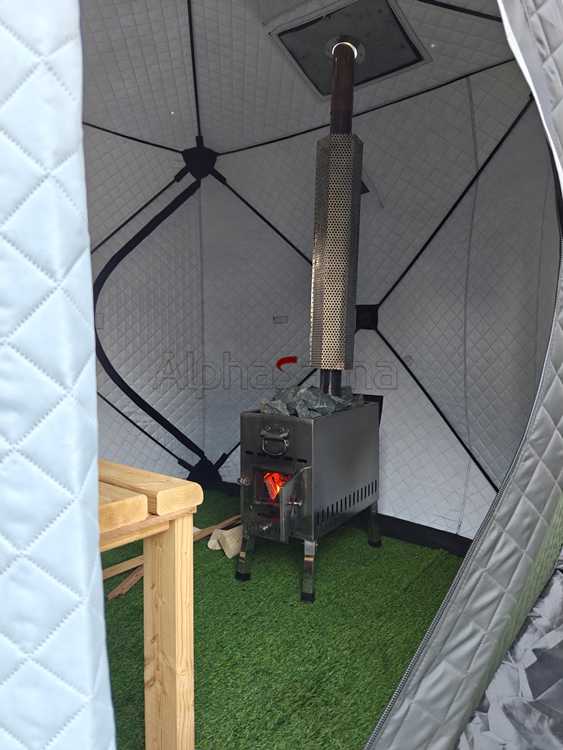
If you have a sufficient budget and haven't found a sauna tent that meets your needs, I recommend opting for a DIY sauna tent to create your
own customized sauna experience. Here are some steps and suggestions for building a DIY sauna tent:
1. Determine the size: Choose a size that meets your requirements and fits the space available for the sauna tent. Prepare the necessary materials
based on the chosen size and shape of the sauna tent.
2. Select suitable materials: Choosing the right materials is essential for building a perfect sauna tent. It's advisable to use wood or metal materials
that can withstand high temperatures and humidity, ensuring they meet safety standards and provide insulation and waterproofing properties.
3. Build the frame: Use wood or metal pipes to construct the frame of the sauna tent, ensuring it is sturdy and stable.
4. Add insulation layer: Adding an insulation layer can help retain and stabilize the temperature. Materials such as fiberglass or foam boards can be
used for this purpose.
5. Install heating equipment: Depending on your preferences, choose between steam heating or infrared heaters. Ensure compliance with safety
regulations and follow the instructions strictly during installation. Seek professional assistance if needed to avoid any risks due to improper operation.
6. Add additional amenities: Enhance the sauna experience by adding appropriate facilities such as chairs, floor mats, lighting, and sound systems
inside the sauna tent.
7. Test and inspect: Conduct thorough testing and inspection after installation to ensure all equipment is functioning properly and the sauna tent
structure is stable. Only begin using it when everything is deemed safe to avoid any hazards during sauna sessions.
Undertaking DIY sauna tent construction requires a certain level of technical skill and safety awareness. If you're unfamiliar or unsure about the process,
it's advisable to seek guidance from tutorials or professional assistance. Blind assembly should be avoided. Additionally, ensure strict adherence to all
safety regulations and recommendations throughout the installation process to enjoy the sauna experience safely and comfortably.
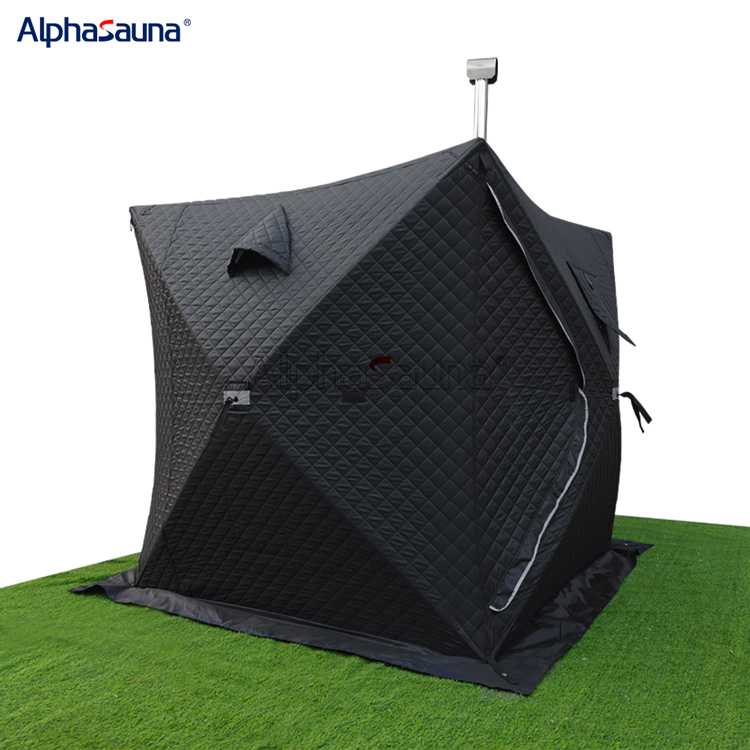
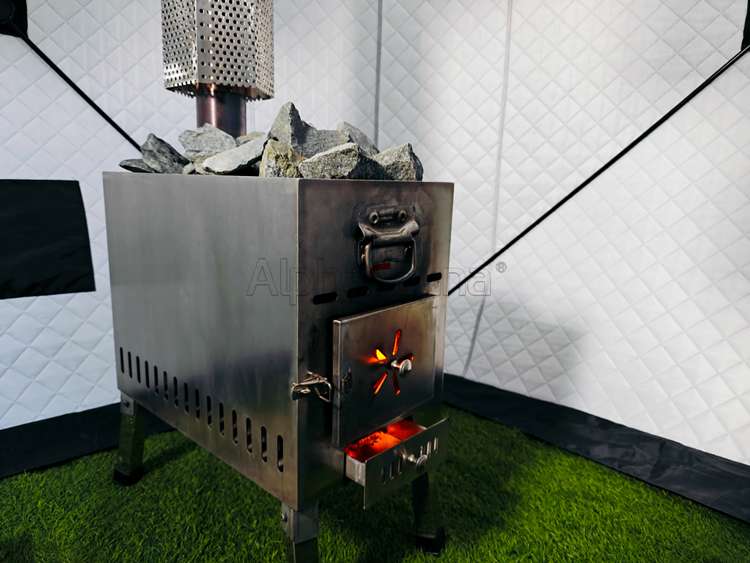
Sauna tents differ from traditional saunas in their relatively simple and convenient structure. Typically constructed with a metal frame, waterproof
materials, and canvas, sauna tents can be quickly assembled and disassembled. They are versatile for indoor and outdoor use, with heating provided
by steam generators or infrared heaters. Steam heats up to high temperatures, requiring caution to prevent accidents, while infrared heaters heat the
body temperature by emitting radiation, offering a lower temperature alternative. Sauna tents are suitable for temporary sauna experiences such as
outdoor camping, travel, and wilderness activities due to their simplicity and convenience, appealing to many. While sauna tents are user-friendly,
strict adherence to safety guidelines is essential. It's crucial to stay hydrated during sauna tent use to prevent dehydration and maximize health benefits.
If you're interested in sauna tents or other sauna equipment, consider exploring Alpha Sauna products. With guaranteed quality and a diverse range of
options, Alphasauna provides an excellent platform for creating a personalized sauna experience.








